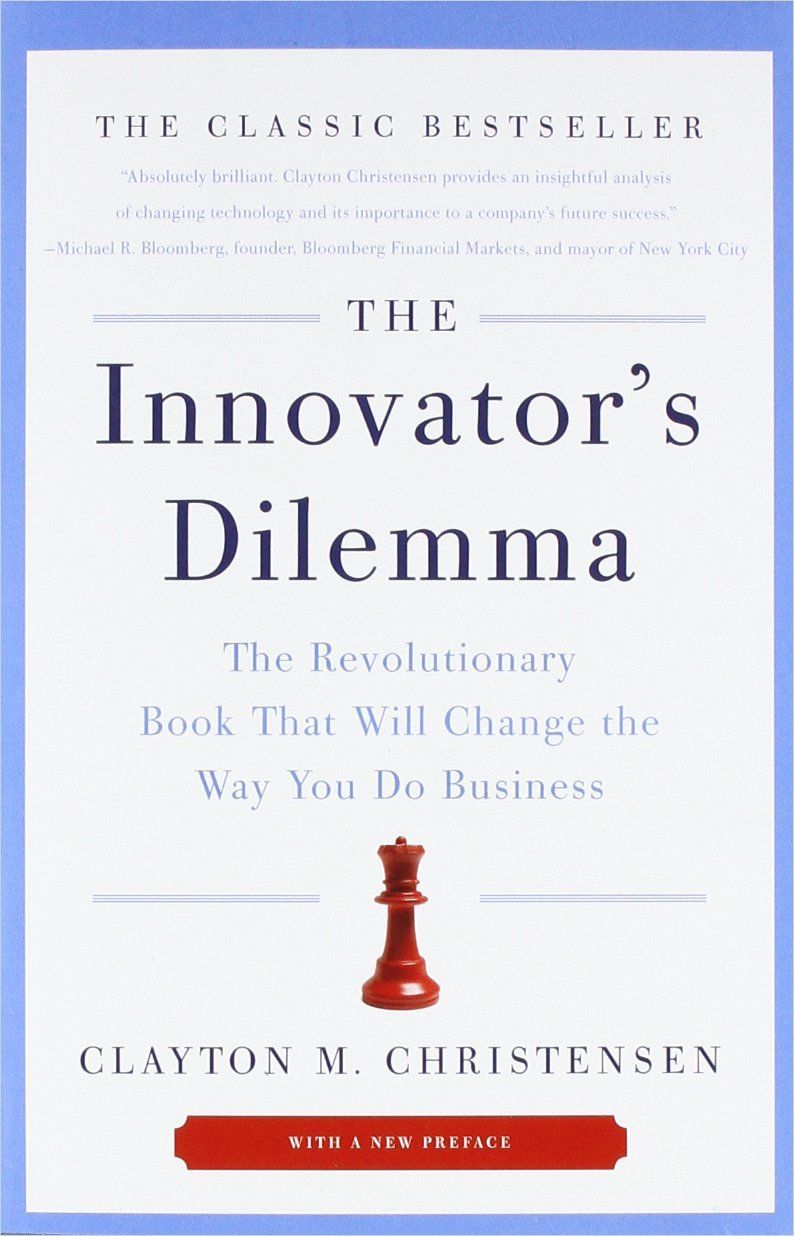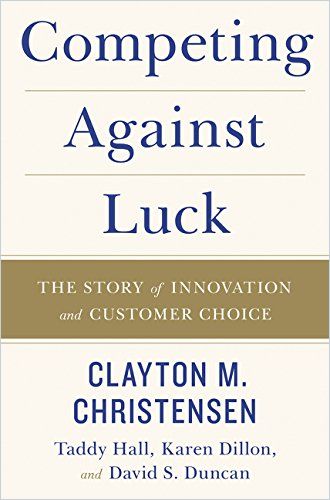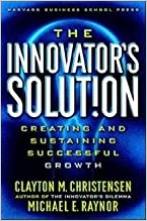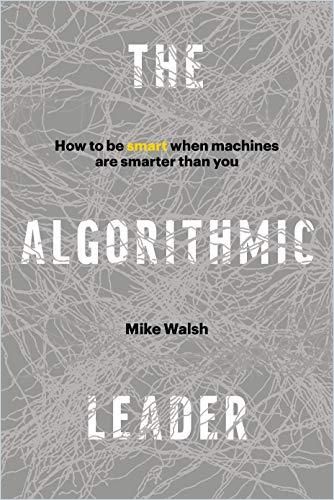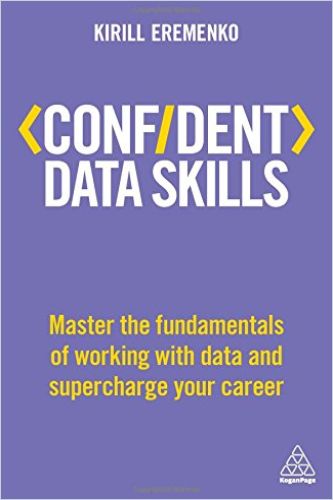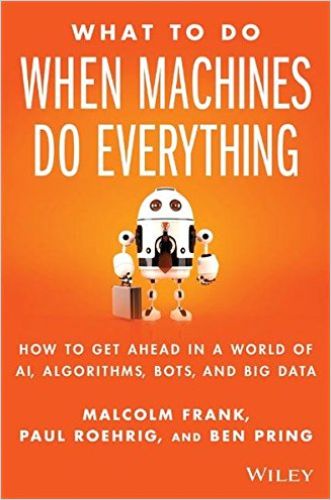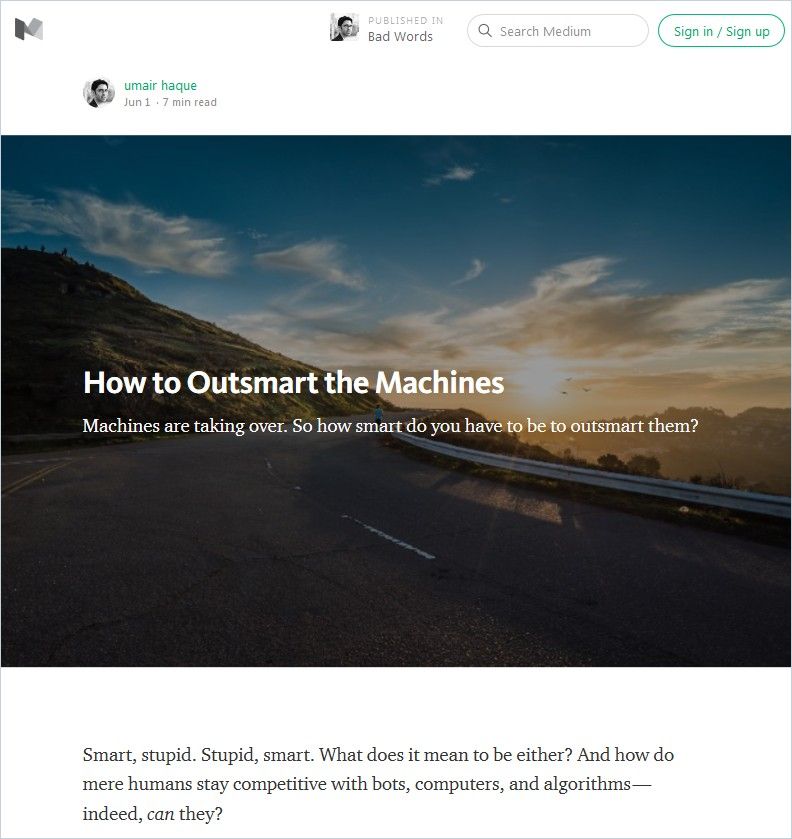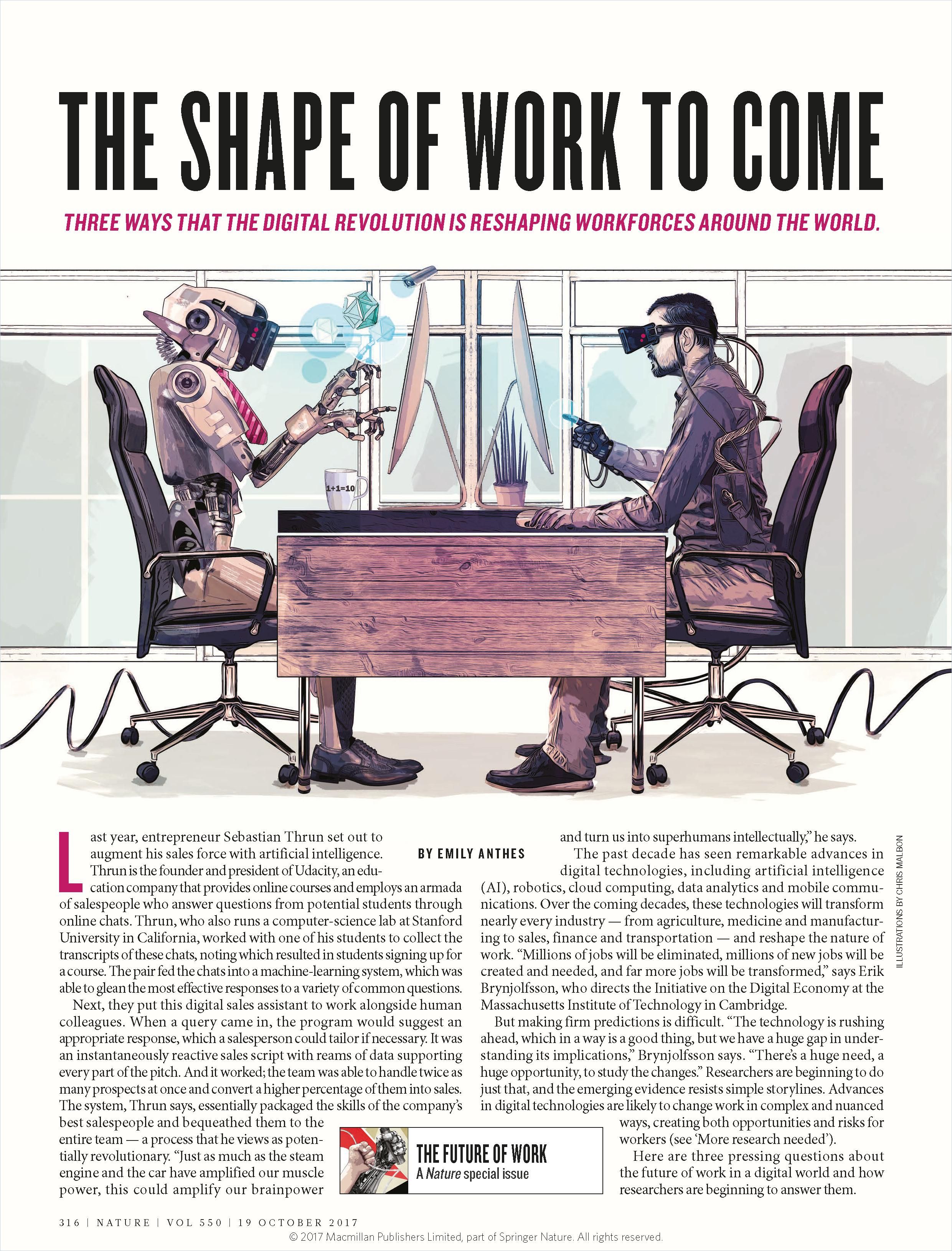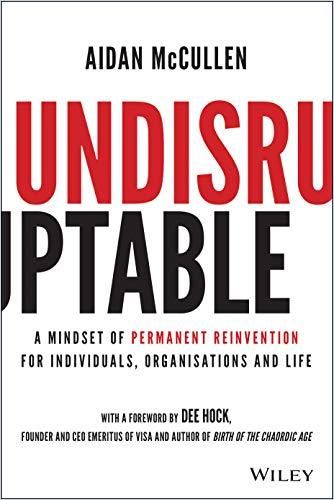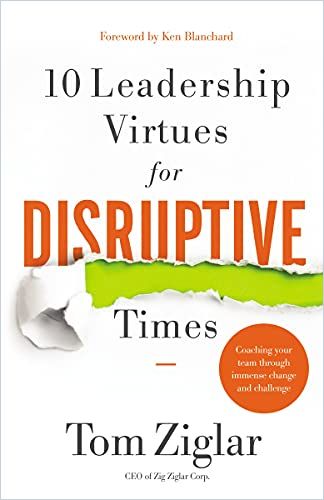In Bots, We Trust

What, until December 2022, was more of a smirk behind closed doors in the vast majority of offices has, in the past months, grown into a real problem in many companies around the globe: When the CEO used to talk emphatically about digital transformation and the insane productivity gains through AI-supported workflows in internal newsletters or at events, everyone nodded bored and thought about Slack, a new wiki, the MS Office short responses offered when looking at emails (“Thank you.”) or the latest Data Scientist who was hired somewhere but no one ever got to see.
That has changed in many places: At the behest of those at the very top, AI working groups are being set up, excellent ChatGPT responses are forwarded, investments are reviewed, and application ideas are tested.
The mood in many companies fluctuates between upheaval and downfall, and sometimes you don’t know which of the two is in the majority right now. Yet, when the boss talks about AI, people suddenly listen.
1. Overstretched Managers and Executives
Trenches are now opening up that have been ignored for too long: While many executives are enthusiastic about AI and see opportunities and threats comparatively clearly, they remain unfamiliar enough with the topic to transform it from head to toe.
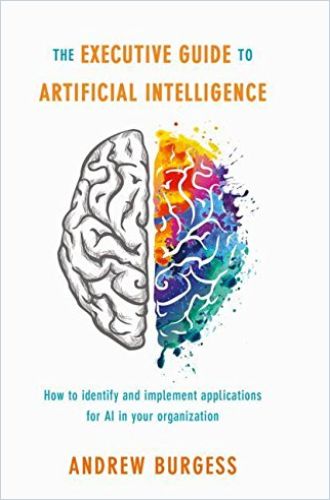
For many companies, however, including AI is only the third or fourth step in their digital journey. When tens of thousands of flights were canceled at Southwest Airlines in December 2022, it emerged that the company had hardly invested in digital transformation for decades – even though employees had been pointing out the slow process for years. Read our cautionary tale here.
Overall, this is a dangerous mixture: Enthusiasm and excessive demands lie close together, and in a topic like AI, where even the experts often don’t quite know why GPT works and the competing model of Meta doesn’t, there is no chance of becoming master of artificial intelligence within a short time, even without significant learning efforts. Kjell Carlsson of Domino Data Lab calls this widespread problem the “AI Leadership Gap”:
Kjell Carlsson
But because executives and managers are nevertheless busy beating the drum for more AI use, one thing above all is created: chaos in the company. And that’s what executives should avoid at all costs.
Take-Aways:
- AI projects fail due to a lack of a clear business perspective, failing collaboration, missing expert AI skills, and a lacking holistic and sustainable approach to using AI.
- Executives must train a company’s technical and business-oriented units to use AI and combine human strengths with machine advantages. The best way to enforce this is by training or hiring a Chief AI Officer (CAIO) acting as an “AI guru” with company-wide insights and authority.
- Leaders should know precisely what their people are doing when planning and executing AI initiatives, how AI can help them do it – and what non-technical skills make the difference.
In numbers, the resulting chaos currently reads as follows: According to IMD, 87% of the digital transformation programs initiated in companies do not achieve their goals. But that’s not all: “Although 90% of executives say they are concerned about digital disruption, 39% also stated that their organizations were not responding appropriately. Furthermore, the percentage of respondents who reported having a fragmented digital strategy actually rose from 53% in 2019 to 61% in 2021,” write Michael R. Wade and Jialu Shan.
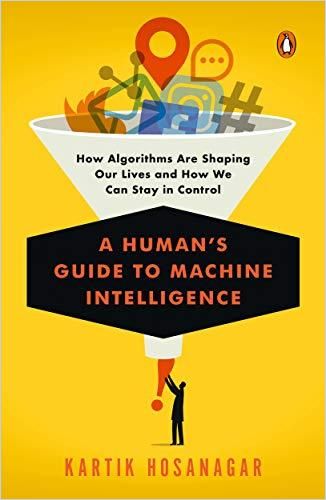
And in a Radix survey, a far from surprising 70% of companies surveyed say they have had little or no impact in dealing with AI:
Most AI projects fail due to one or more of the following struggles: a lack of a clear business case and impact, no effective collaboration among project stakeholders, an absence of expert AI skills, and a lack of a holistic and sustainable approach to using AI.
Here is how to tackle the problems one by one.
2. Identifying Business Case and Impact
The dominant concern in the executive suite these days is the threat of disruption. In other words, the risk of a product or service becoming obsolete due to new types of automation (which includes the vast majority of AI applications to date).
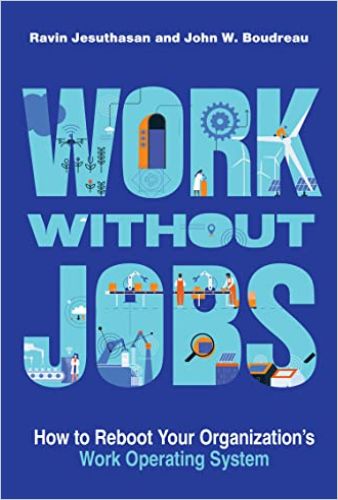
To learn about disruption, you can confidently turn to a book from the 1990s – because The Innovator’s Dilemma by Clayton M. Christensen remains highly relevant. And that’s also true of most of his later works, which we’ve compiled in our Thought Leader Profile on this disruption mastermind. Here’s a selection:
Executives should first analyze how new developments in the AI industry could improve, influence or impair their companies’ business models. In the second step, leaders should help transform the results of these analyses into concrete strategies for dealing with chances and challenges.
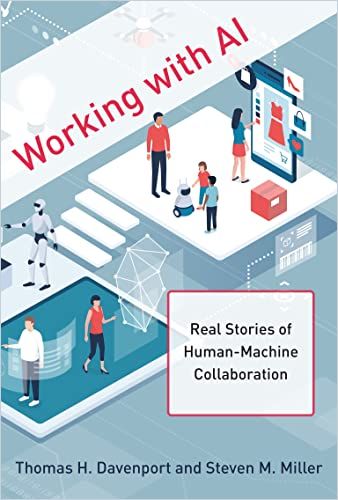
The following conversations with experts Tom Ziglar (10 Leadership Virtues for Disruptive Times), Chris Surdak (The Care and Feeding of Bots) and Aidan McCullen (Undisruptable) explain how this works and why it is worthwhile to rely on the in-house use of AI in the process.
With The AI Advantage, Babson College professor Thomas H. Davenport offers a wide array of examples of current and future AI implementation, and it will help you find out where your company needs to catch up.
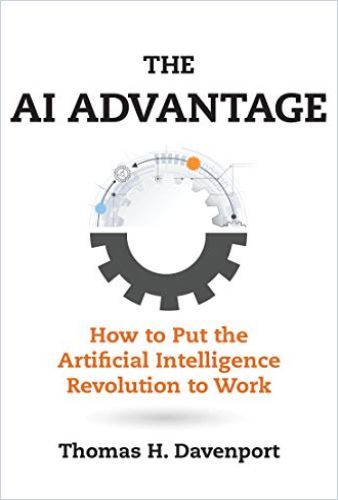
Davenport considers what it means to become a “cognitive corporation,” how it can apply AI and how AI will alter the workplace. He also explores the myriad technical, social and ethical challenges that AI raises. Anyone interested in AI strategy, implementing AI and how AI will shape the future of employment will benefit from Davenport’s expertise. According to The AI Advantage, organizations tend to use AI in three general areas:
- Process automation: This common application uses robots or Robotic Process Automation (RPA) for repetitive tasks, transferring data between systems, updating or reconciling systems, and so on. RPA is the cheapest, easiest area of AI to implement. This includes, for example, automatic transcriptions of video meetings in team software, as well as automatic translations or automatically executed invoicing. The telephone provider Telefonica, for example, was able to use it to automate 35% of its back-office tasks.
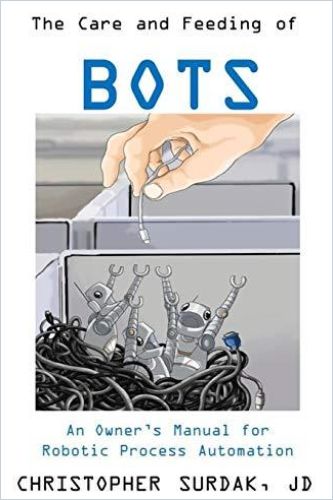
- Cognitive insight: This involves using AI to generate (or to implement) apps that employ algorithms to find data patterns and help users interpret data. Resulting insights can include predicting behaviour (for example customer buying patterns or assistance requests), identifying fraud (in real time) or automating targeting of personalised advertising in Marketing.
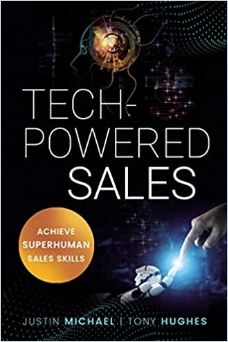
- Cognitive engagement: Businesses provide AI for customers and workers, as in around-the-clock customer service; service recommendations or, for medical patients, strengthening and customizing treatment plans.
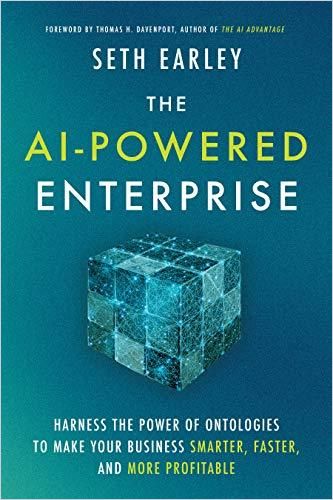
Leaders should understand how a specific resource from these areas will affect their firm, and then address which services and products it will offer and how to sell them. Analyzing data is often the main focus of AI, so usage strategies should address the content their firm handles. To avoid most serious mistakes, take a close look at the following three articles as well before planning your next steps:
According to Thomas H. Davenport, many other elements of a derived strategy will be very specific to the organization and to the AI in question, such as addressing problems, issues and opportunities in AI expertise and development.
3. Developing AI Skills
Aruna Pattam, Head of AI & Data Science at HCL Technologies, identifies two fundamental AI leadership tasks when it comes to developing AI skills that are not yet being addressed in many places:
- The identification and implementation of AI solutions in the technical area (i.e., in those teams that are supposed to develop, enhance and provide AI tools, and as of today often lack the know-how).
- The identification of AI solutions and effects in the business area (i.e., where people are supposed to apply the tools and where they are supposed to have an impact in the areas of sales, efficiency and customer satisfaction.)
She writes at SwissCognitive:
A lot of organizations are facing issues with lack of human resources and access to advanced technology tools, both necessary for incorporating artificial intelligence into operations.
Aruna Pattam
To implement AI successfully, business units and technology departments should coordinate their practices to rethink their organization’s primary functions. For managers, this means a greatly increased coordination and communication effort.
- The AI future will focus on how human behavior and identity interact with algorithms. Managers must always keep this principle in mind and serve as positive role models.
- Leaders need to improve the competencies in dealing with AI tools in both technical teams and business teams. In the first case, this is much more difficult than in the second because here we are talking about rock-hard know-how that cannot be acquired quickly. In this article, you will find assistance in systematically identifying skill gaps and filling them.
- Acquiring suitable external personnel to fill the knowledge gaps is currently even more challenging. If you find someone on the dried-up market, they are costly – or quickly gone again if their work does not pay well or bear fruit.
- Therefore, the best strategy is to train the IT chief or data scientist in the organization; usually, they have minor gaps to fill. What has then proven successful is to also offer them the rank of CAIO (Chief AI Officer) in the future and assign them as “AI gurus” or “evangelists” with the necessary competencies to expand AI knowledge in all departments.
Learn more in the following summaries at getAbstract:
Ideally, an organization needs to have a chief artificial intelligence officer before they embark on any large AI initiative. However, organizations that have been generating insights from data might already have a chief data officer or chief data science officer or chief analytics officer.
Anand Rao, Global Head of AI at PwC
However, this is just the first step, followed by many more. Would you like some practical help on the subject? Microsoft AI developer David Carmona has both the technical expertise and big-picture perspective on how organizations can foster AI solutions in their technical departments, business units and among their employees.
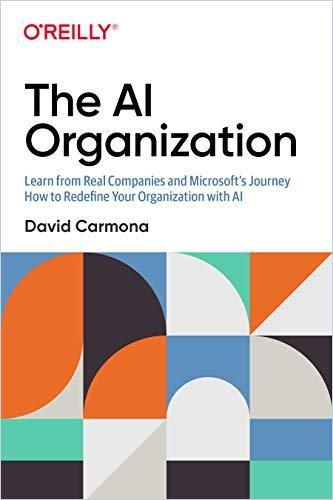
In The AI Organization, he gives a concise overview of chances, dangers and best practices when it comes to AI implementation. Find out in this exceptional guide if a “simple” chatbot could be the solution to your service problems and how your sales, finance and HR departments benefit from AI tools with exceptional classification and forecasting capability. Here are some take-aways:
- Train business units to implement AI solutions horizontally and vertically in their enterprises.
- AI development teams must be agile and independent yet maintain strong connections with the business.
- Learn more…
Find out more about organizational learning, and up- and re-skilling your employees in the following Journal pieces:
4. Fostering Collaboration
For leaders, it’s crucial to know precisely what is being done in the individual teams regarding workflows and output – to be able to realistically assess the extent to which processes will change due to AI support and what needs to be done to avoid confusion or disengagement. If you leave your people out in the cold regarding significant changes in their workflows, you will soon run out of staff – and without suitable operators, even the best-implemented AI will be useless.
Anyone who reads that three out of four executives still don’t listen when they talk to their colleagues and managers, let alone fully understand what the latter do daily and for whom, is not surprised that AI initiatives often don’t deliver what was expected of them.
Therefore the following applies:
- Look (and listen) closely to where problems exist and how they might be fixed with AI support. If no obvious benefit emerges, or you hear significant factual objections to AI ideas being discussed, more detailed research can help.
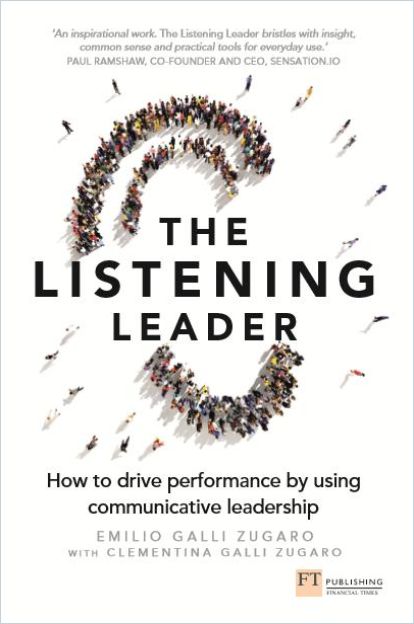
- Form a cross-functional team that solicits feedback and synthesizes it into new ideas without giving direct direction to the team. Leadership expert Bill Treasurer explains why bold feedback becomes more and more valuable in volatile times.
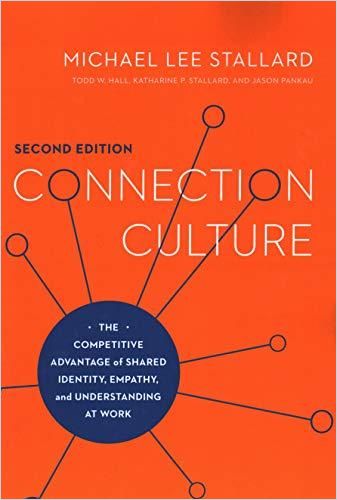
- Often, AI tool use can address organizational-wide problems previously only addressed in individual units (or where respective teams already have tools that are proving effective).
- Ensure clear and transparent communication. As Michael R. Wade and Jialu Shan write, there is not only a knowing-doing gap among many executives, but also a “perception gap in terms of how members of an organization perceive their company’s digital strategy.”
CxO level executives were much more likely to report that they were responding well to digital disruption than lower-level executives with that gap getting wider between 2019 and 2021. This may be a key indicator that the higher levels of the company are not listening to those on the ‘store floor.’
Michael R. Wade & Jialu Shan
- Experiment: Organizations must develop an appetite for experimentation, risk, and learning from failure – and customers! In What to Ask, behavioral economics expert Andrea Belk Olson offers an illuminating guide on how critical thinking turns data into insights, how to analyze influencing behaviors and how to monetize solutions.
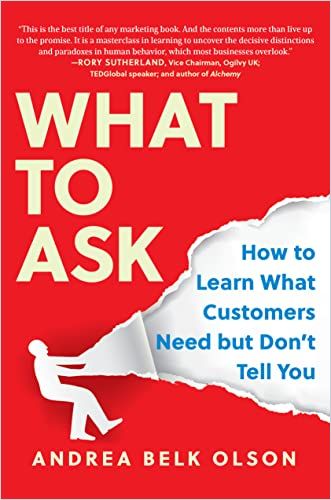
- Senior leaders should demonstrate their commitment to innovation, AI implementation and data-based decision-making by increasingly demanding it and explaining its advantages wherever possible. They should promote incentives and rewards that recognize and encourage employees to become data-literate and frequent experimenters on all levels.
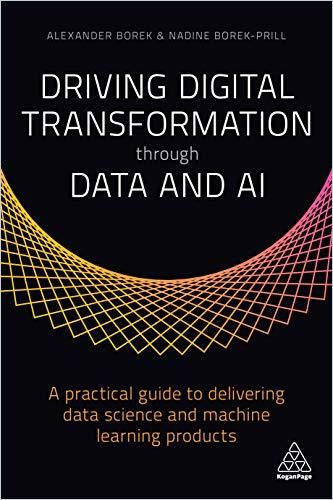
5. A Holistic Approach
Technical departments and business units benefit from AI in their processes, but an organization doesn’t really undergo transformation until employees experience empowerment with AI. So executives would do well to share AI success stories and ask all stakeholders to share them across the organization. This positively addresses existing fears and encourages colleagues to try more themselves.
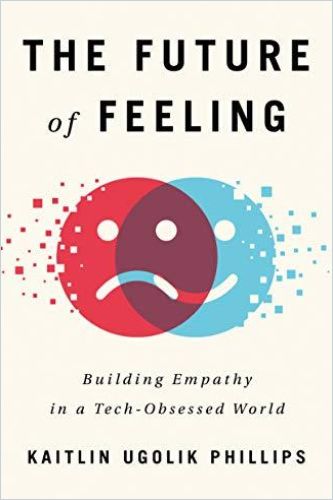
Part of this process is to motivate them to re-discover their human strengths. “When we re-train the employees it’s important that we not only focus on the technical aspects but also on how to think critically and creatively about AI to drive innovation and uncover new applications,” writes Aruna Pattam. And she adds:
This will require new skills – not just technical skills, but also interpretive and cognitive skills such as creativity, problem-solving, emotional intelligence and strategic thinking. We need to make sure that internal resources are aware of the capabilities and use cases for AI.
Aruna Pattam
The following summaries at getAbstract will help you discover the many different subject and skill areas that your employees can work on and develop if you assist them:
Learn more about how to foster these “softer” areas of crucial expertise in the following articles:

